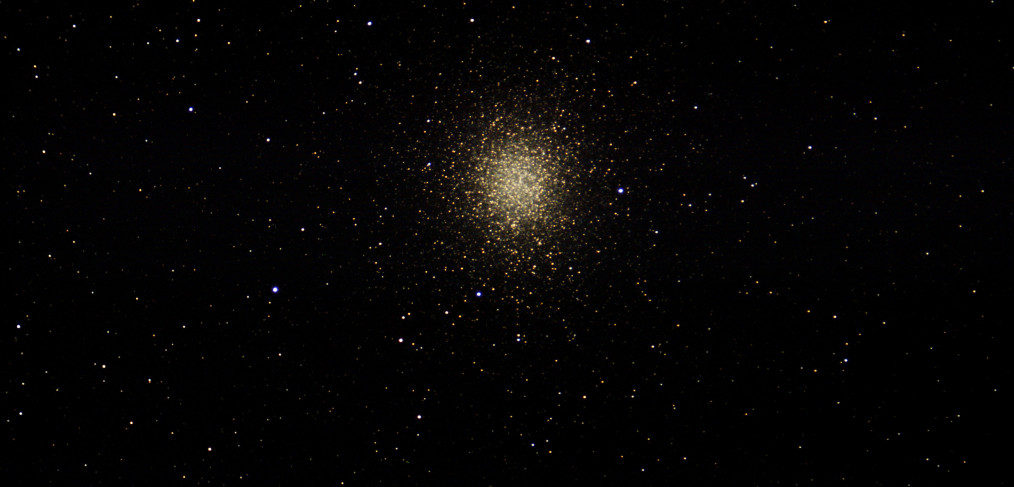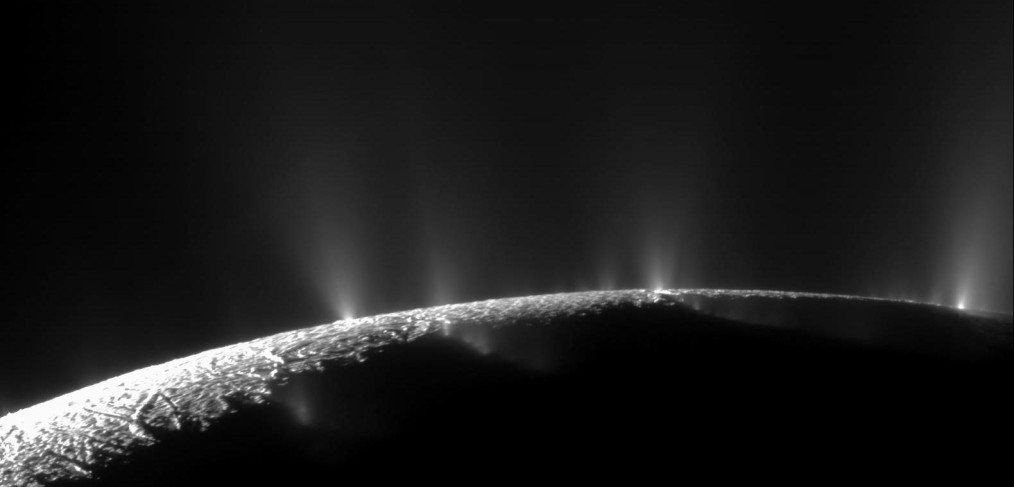Globular Clusters a Mass of Small Stars Globular Clusters are ancient balls of stars in the halos of galaxies. Most that orbit the Milky Way are over 10 billion years old and are arranged spherically around the galactic core. It is axiomatic that the most massive stars run out of fuel quickly and at this… Continue Reading Globular Clusters
From Planet to Dwarf Planet then Kuiper Belt Object Pluto, since originally being deemed a Planet in 1930 by Clyde Tombaugh, our conception of the Solar System has continually evolved. In 2006, a new definition of “Planet” was adopted and Pluto was relegated to Dwarf Planet status. Beginning in 1992, many other objects beyond Neptune… Continue Reading Pluto
Distances in Space Space is vast and to try and measure it we must use distance measurement units unfamiliar on Earth. Astronomers decided to use the speed of light as the basic unit of measure since it is a universal constant: 186,282 miles (~300,000 km) per second in a vacuum. That would put the Moon… Continue Reading Cosmic Distance Ladder
The Moon moves about 13 degrees per day to the east The Moon orbits the Earth in 27.32 days. The result is that it rises about 50 minutes later each day. The Moon is a poor reference point for stars and planets in the sky as it moves quite far each day. The Moon will… Continue Reading The Moon
Saturn viewing season has begun for 2015 Saturn rises early in the evening and rides high in the sky by midnight. Saturn is the farthest planet visible to the casual astronomer with no telescope looking like a bright yellowish star at +0.1 magnitude at the western end of Scorpius. It is over 893 million miles… Continue Reading Saturn Viewing Season
The Hawaiians are Explorers, Celestial Navigators, and Technological Early Adopters I should first disclose that my Mother’s maiden name is Kailikini and I was immersed in Hawaiian culture since birth, 60 years ago. I have always felt a cultural special connection to the stars and pursued Astronomy and Physics all of my life. I support… Continue Reading Thirty Meter Telescope (TMT)
Star and Constellation Names are of Ancient Origin The Constellation Taurus can be traced back to Babylonian times about 6,000 years ago. Taurus was the location of the Vernal Equinox from 4,000 BC to 1700 BC. All ancient astronomy texts used Taurus as a marker for the New Year. Many star and constellation names have… Continue Reading Ancient Names: Say It Like You Mean It
According to current models of Star Nuclear Fusion our Sun is estimated to have a 10-billion year total lifetime of which we are about half way through. In another 5 billion years it will have consumed most of the hydrogen it was endowed with at birth fusing it into helium. The resulting helium will then… Continue Reading Nuclear Fusion Powers Stars
Origin of the name Betelgeuse Betelgeux, Bectelgeuze, Betelgeuse–over time the name has morphed. Sleuthing through history, the origin of the name is fraught with mistranslations from the original Arabic. A logical choice would be “Bait al Jauza”. The House “bait” of the Central One “Al Jauza”. The western most star of the belt of Orion… Continue Reading Betelgeux, Bectelgeuze, Betelgeuse
The Dog Days of Summer The word Sirius is Latin for “scorching” derived from the Greek name. From Cairo, in August, the Sun is about 15 degrees north of the equator and Sirius is 15 degrees south of the equator. The heliacal rising of Sirius, namely the day it becomes visible just before sunrise after moving far… Continue Reading Sirius the Dog Star










